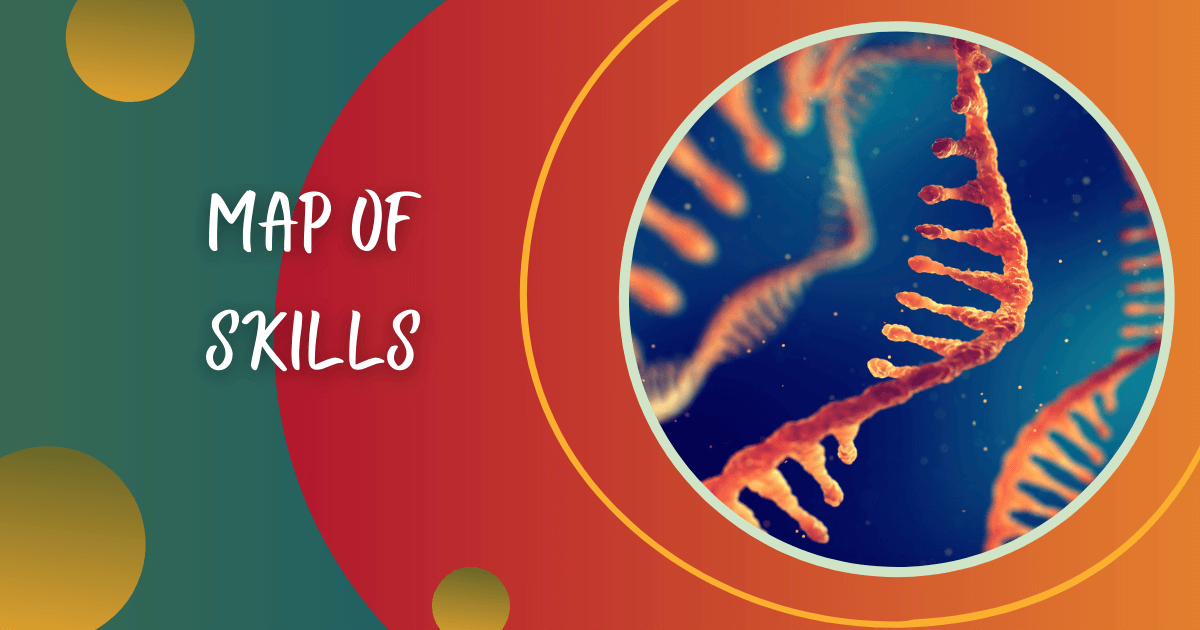Kaila Deiorio-Haggar, Meyer Laboratory
In this "Map of Skills," Kaila Deiorio-Haggar, a Ph.D. Researcher at the Meyer Laboratory of Boston College, describes her work on autogenous ribosomal elements in bacteria.
What do you do in your work?
In my work I use computational frameworks to discover autogenous ribosomalelements in bacteria. Ribosomal autogenous regulatory elements are shortopen reading frames between the promoter and the coding region of a polynucleotide, and they help to regulate expression of their associated gene, though they are not themselves translated. When transcribed, these RNA sequences form unique sets of stem-loop structures that are believed to be the key to the specificity in regulating gene expression, as these secondary structures interact with a specific ribosomal protein binding-partner to regulate an entire ribosomal protein operon.
As they are autogenous regulatory elements, the protein binding-partner is actually encoded by the same operon. Also, it is important to note that while some regulatory elements can be common among all (or almost all) bacteria, most elements are very narrowly distributed (see Fu et al.(2012); Deiorio-Haggar et al., (2013)).
I use a computational pipeline for de novo non-coding RNA discovery and candidate match refinement that was specifically developed for and by our laboratory. GAISR (Genomic Analysis Illuminating Structured RNAs) utilizes several preexisting tools in order to streamline sequence selection and process candidate RNA matches.
In developing computational alignments of genomic structures, there are a few considerations. First, we want an alignment that is multi-faceted. It could have a pseudoknotted structure, or have multiple stems or loops. Second, we want good sequence diversity. If every sequence in the alignment looks exactly the same, there is no evidence of evolutionary shift or drift.
Also, differences in nucleotide sequence can be indicative of covariation or compatible mutation, while obvious areas of no mutations are more easily singled out as possible binding sites. Finally, unlike typical scientific experiment, much of this computational work is subjective, since there is manual editing at every point. Thus, any given alignment or structure may be flawed or completely inaccurate as additional experimental evidence is attained.
What are the skills you need to do your work?
In order to do this work, one must be familiar with RNA (4 bases; binding) and its possible structures (pseudoknot; stem-loop). Also, knowledge of some aspects of RNA-protein binding may be helpful, as well as bacterial ribosomal structure. Basic biological knowledge is necessary, such as general knowledge of bacteria (good and bad bacteria; where they’re found; the classes / genera of bacteria). As this work is computational, the ability to troubleshoot and write code is important. In our lab we use programming languages such as Perl, Unix, MySql, Ruby, Clojure, etc. Some basic knowledge of these languages is extremely helpful, if not absolutely necessary.
What technology do you use in your work?
We have computers with high processing power, but depending on the size of the project (number of alignments) not much processing is necessary. In terms of programs, we use GAISR (above), and Emacs for editing alignments.
What technology do you use to train and develop the skills you need for this work?
We train by trial and error. The best way to learn to do something is, at times, just to do it!
What is engaging about your work?
Much of this work can be tied to diseases. There are millions upon millions of disease-causing bacteria, and the more we know about each bacterium, the easier it is to determine what aspects of disease-causing bacteria make them so. For instance, we are currently analyzing RNA from the gut microbiome of humans with Inflammatory Bowel Disease, Crohn’s Disease, and Ulcerative Colitis (as well as a healthy control) to determine if there is are any differences in the makeup of the gut bacterium of these patients.
What is the most difficult part of your work?
When running an alignment through the GAISR process, to find additional matches, it can return up to a thousand matches at a time. And you have to go through each potential match and decide if you should keep it, edit it, or delete it entirely. The task is, at times, quite daunting, but you have to eventually learn the tools to make it easier. For instance, it could be much easier if the alignments were arranged somehow by similarity to one another. A code can be written that can do this.



